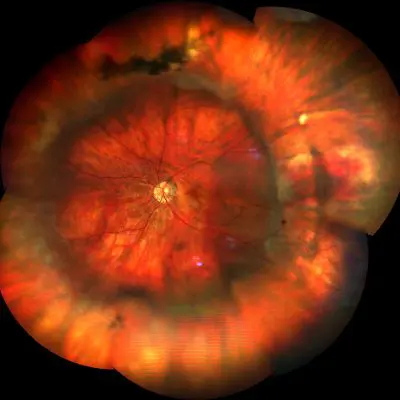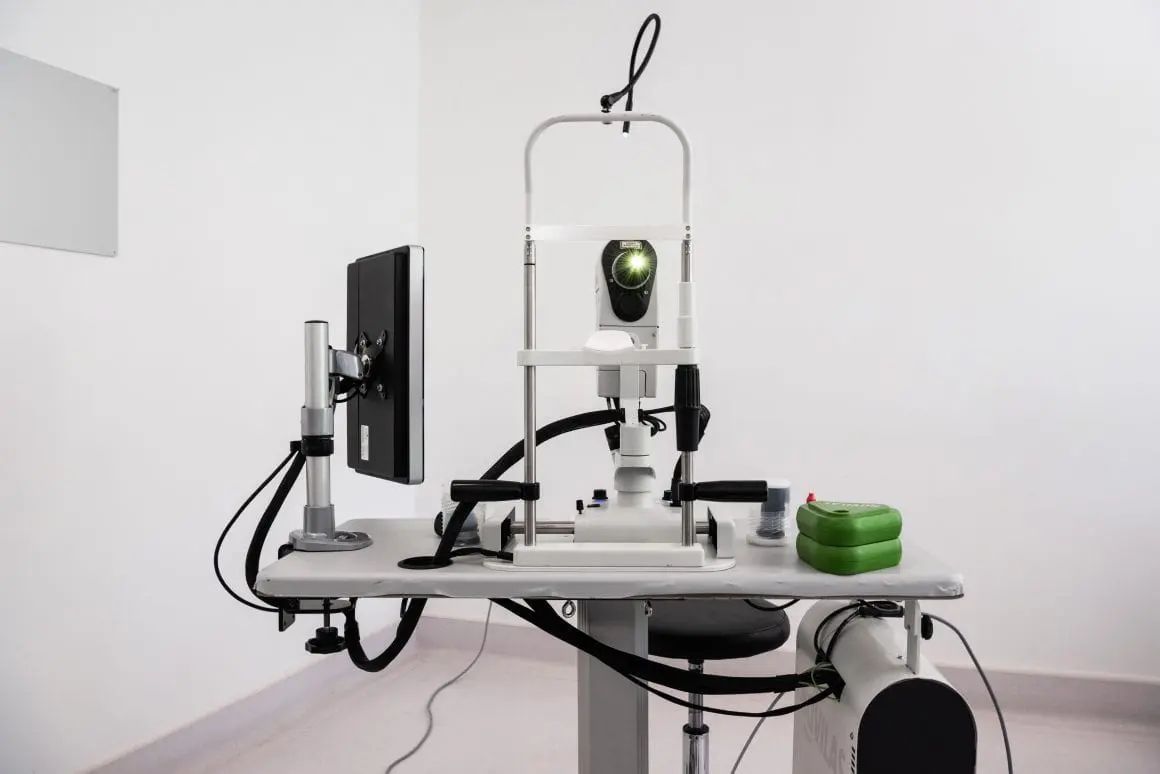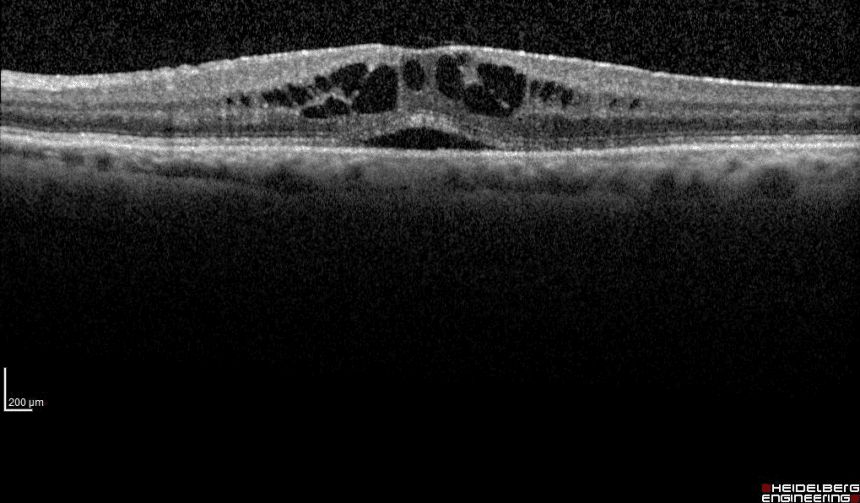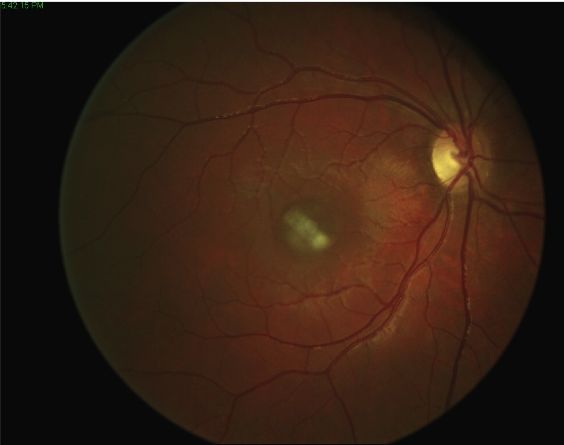Index
The vitreous floaters, also known as flying flies o floaters, are thickenings of collagen fibers, cellular debris and dead cells that frequently form in the vitreous body after 35-40 years of age.
The vitreous body is a gelatinous substance that is found inside the eye socket and in a young and healthy eye it is transparent and has a homogeneous and uniform consistency. Over the years, the vitreous tends to lose its consistency and thicken irregularly, sometimes “trapping” debris and dead cells. In this way, they are formed of different shapes and sizes: small dots, circles, lines, clouds or cobwebs.
Vision with floaters


When the vitreous is perfectly transparent and homogeneous, the light from the outside world reaches the retina without interference or deviations. When they are formed, the flying flies remain suspended in the vitreous floating inside it and in the presence of light they cast their shadow on the retina. These shadows are perceived as small spots in the visual field and appear to move along with the movements of the eye.
Typically, flying flies are most easily noticed when staring at a solid-colored background, such as a white wall or clear sky, and do not create significant visual impediments.
Only in rarer cases do flying flies create more marked visual discomfort, this can happen when they are present in large numbers and / or have particularly large dimensions. Sensitivity and the level of tolerance, which varies greatly from person to person, can also affect the degree of perceived disturbance.
Clinical significance of floaters
The vitreous floaters that are formed due to the natural transformation of the vitreous body are not harmful or dangerous to the health of the eye and usually do not interfere to a great extent with vision, therefore in these cases it is not necessary to intervene in any way.
In some cases, however, the sudden appearance of flying flies can be symptomatic of a more serious problem, such as the formation of a retinal rupture resulting bleeding inside the vitreous (due to the sudden appearance of a large number of floaters).
This type of event is often accompanied by the perception of bright flashes due to mechanical stress on the retina. Therefore, the sudden appearance of flying flies accompanied by the perception of luminous flashes indicates the need to be examined urgently in order to avoid the danger of retinal detachment or, if necessary, remedy it immediately.
Diagnosis
Floaters can be identified by slit lamp ophthalmoscopy that is used during routine eye examinations. The B-Scan ultrasound is used to identify any vitreous tractions that could cause a retinal detachment and to locate them within the vitreous cavity. Further instrumental examinations may prove useful in case the patient has to undergo specific treatments such as vitreolysis or vitrectomy for floaters only (FOV).
Treatment
If the floaters do not cause particular visual disturbances, periodic monitoring, aimed above all at excluding any risks for the retina, will be more than sufficient. Over time they tend to settle downwards due to the force of gravity, leaving the optical path of light inside the eye and therefore being less annoying.
In the rarest case in which the visual discomfort due to the presence of flying flies should become particularly annoying, two types of treatment can be used.
Vitreolysis

When the vitreous floaters are in limited quantity and do not have particularly important dimensions, a laser treatment called laser can be used vitreolysis.
To carry out this treatment safely, the floaters must not be in positions too close to the retina or the lens, for this reason, before deciding whether to refer a patient to this type of treatment, it is necessary to carry out a preventive ultrasound to precisely locate the floaters.
If the patient is suitable for vitreolysis, the treatment is performed in a few minutes after dilating the pupil. The procedure is absolutely painless and is usually able to restore clear vision. Vitreolysis can be done multiple times and this is an advantage should new ones form.
Victrectomy for floaters only
In some people with high myopia, with intermediate or posterior uveitis or recurrent intraocular inflammation, many floaters can form which can cause particularly significant visual impediments. In these circumstances it may be necessary to intervene by means of a surgical procedure called float only vitrectomy (FOV), which involves the removal of the vitreous membrane and the floaters present in it.
Vitrectomy for floaters only is a real surgery and, although it is a well-established and safe procedure, it should be used only if strictly necessary.


Pathology and treatment on video
Do you need more information?
Do not hesitate to contact me for any doubt or clarification. I will evaluate your problem and it will be my concern and that of my staff to answer you as quickly as possible.








